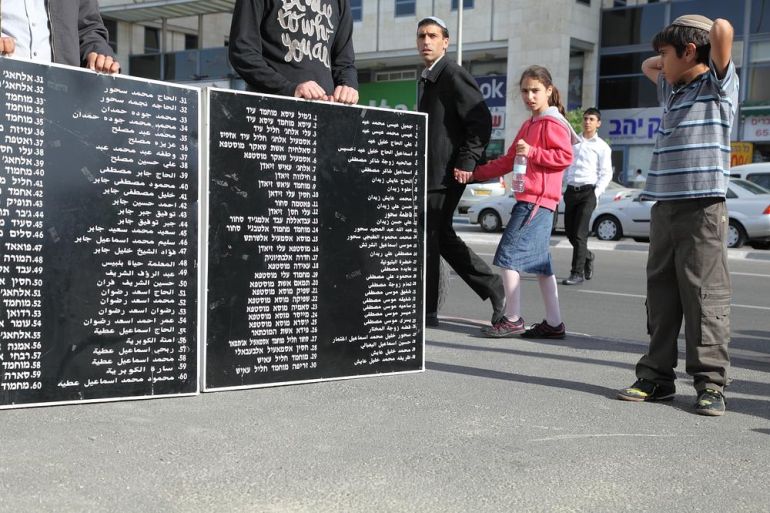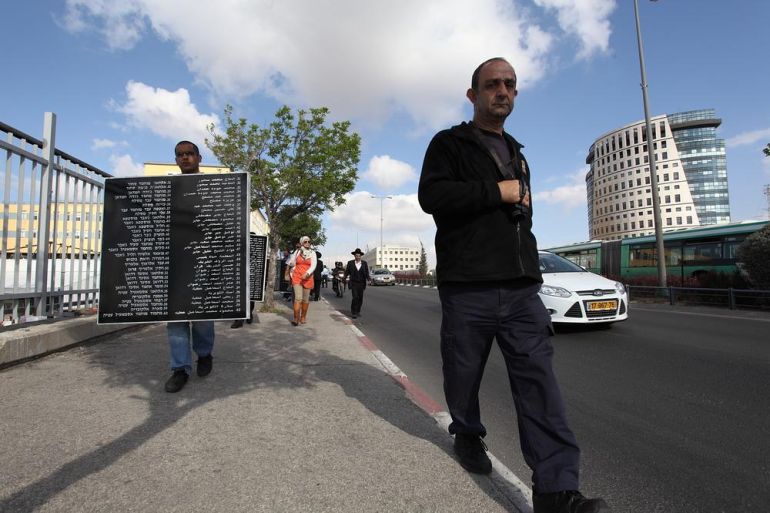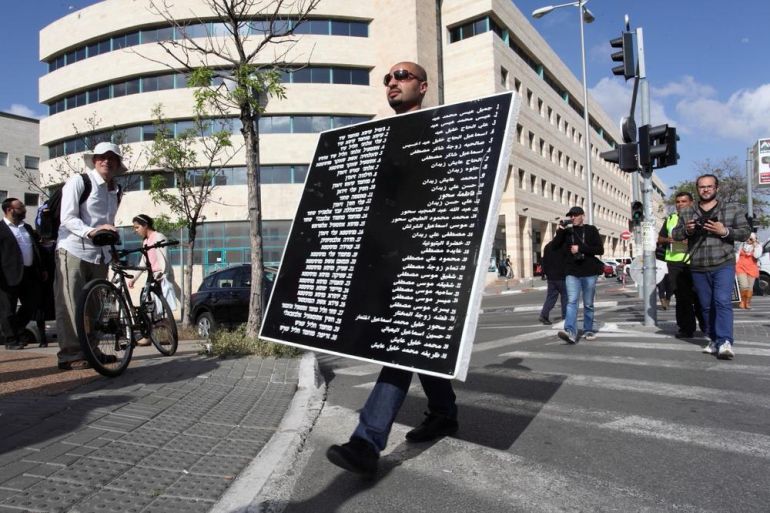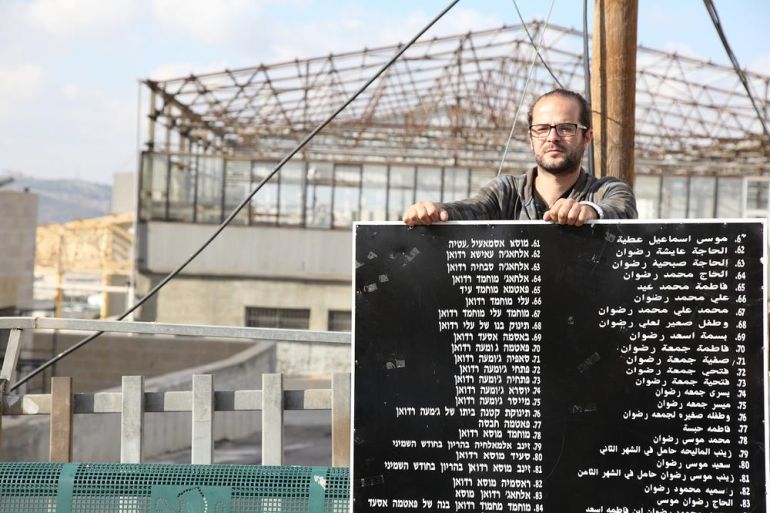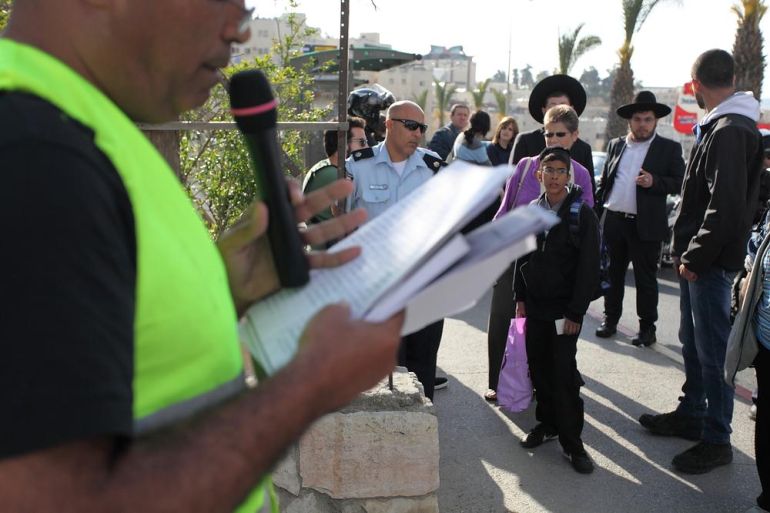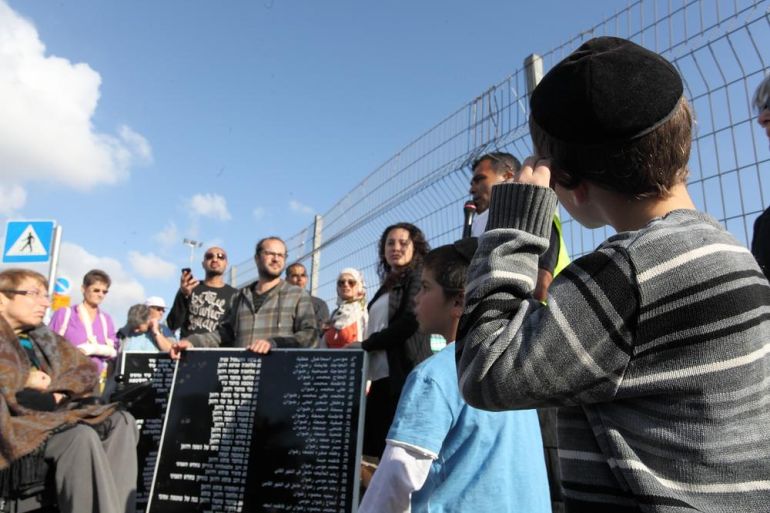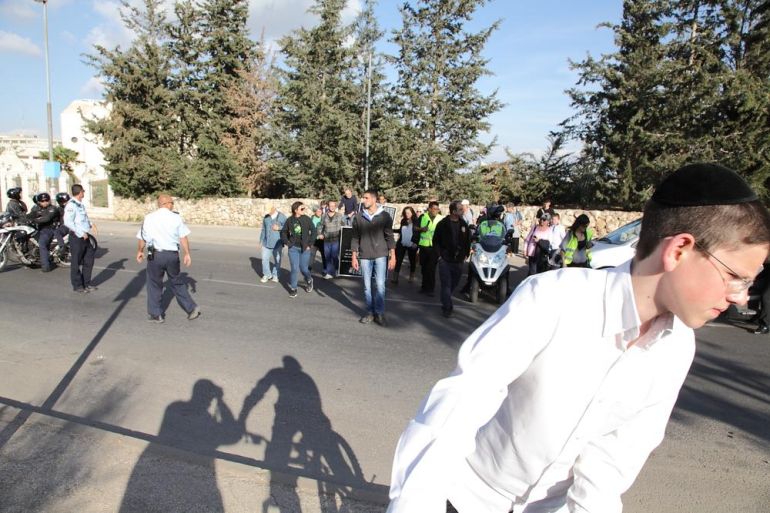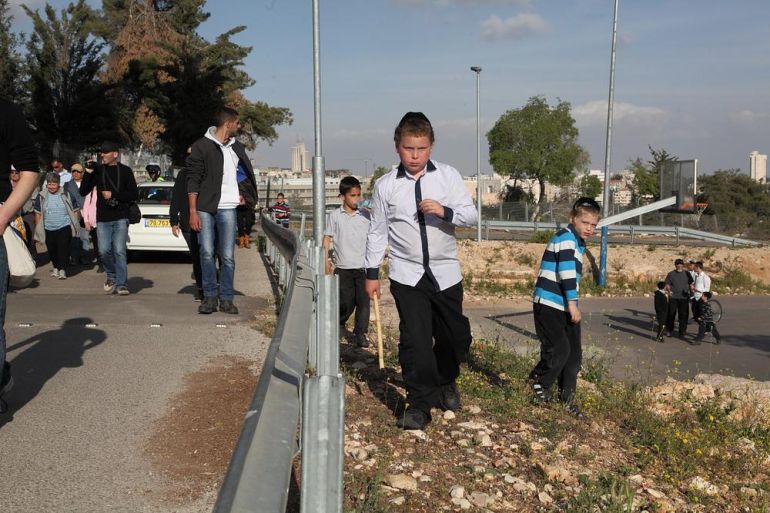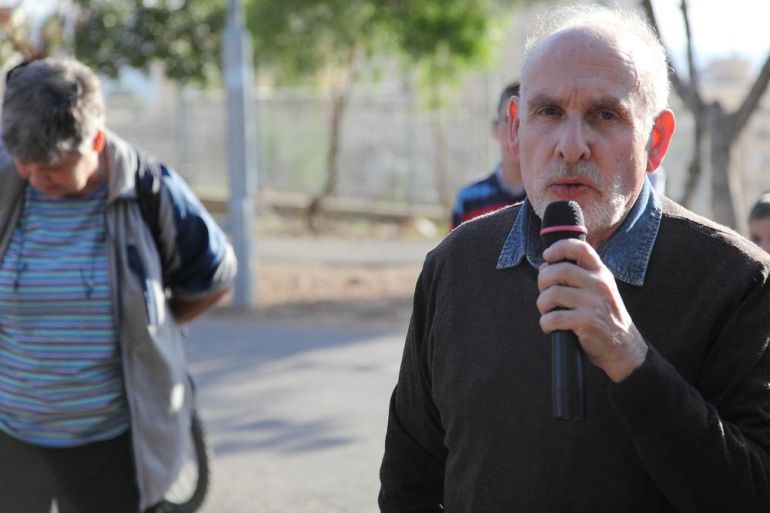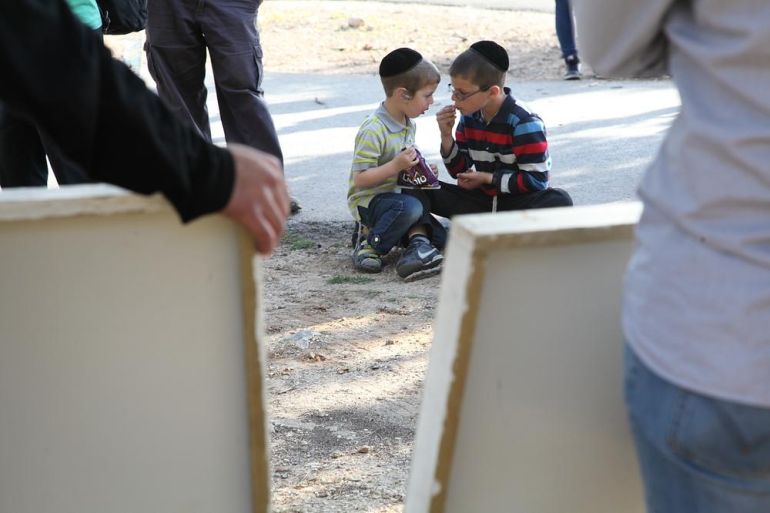In Pictures
In Pictures: Remembering Deir Yassin
Palestinians were met with Israeli indifference during march to commemorate 66th anniversary of Deir Yassin massacre.
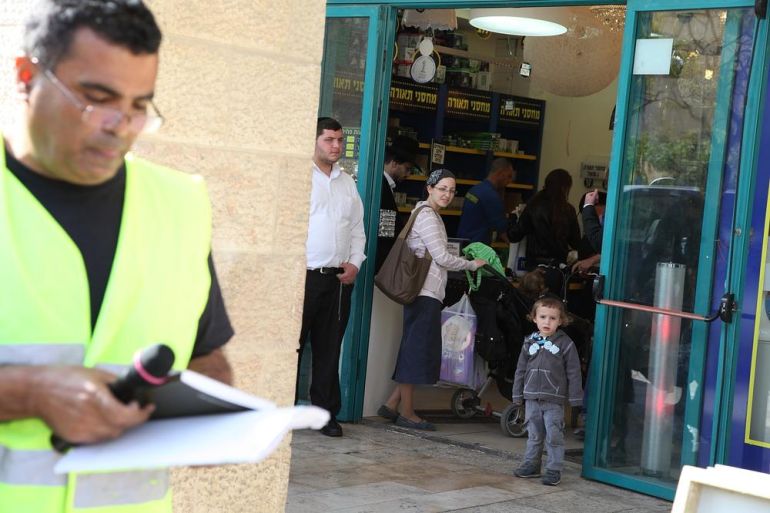
On April 9, 1948, more than 100 Palestinian residents of the Jerusalem village of Deir Yassin were killed by members of the pre-Israeli-state Irgun and Stern Gang Zionist militias. The massacre proved to be a pivotal moment in Palestinian history and came a few weeks before the foundation of the State of Israel.
At the time of its occupation, Deir Yassin was home to about 700 Palestinians, many of whom worked in the stone quarry alongside the village. The majority of the victims of the massacre were women, children and the elderly. More than 700,000 Palestinians fled, or were forcibly displaced, from their homes during the creation of Israel in 1948.
After being taken prisoner, many villagers were paraded through Jerusalem’s Old City by the militias in order to widely publicise their “victory” in Deir Yassin. In several other Palestinian villages, Nakba survivors reportedly fled after hearing about the massacre in Deir Yassin, fearing similar violence.
Sixty-six years later, this event remains burned into the minds of Palestinians.
The Jewish settlement of Givat Shaul, which was established at the start of the 20th century, neighboured Deir Yassin and the two communities had signed a non-aggression pact that residents wrongly believed would protect Deir Yassin from Zionist attacks. In 1949, Givat Shaul Bet was established as an extension to the earlier settlement on the ruins of Deir Yassin. In the 1980s, the usurpation of the village’s lands continued, as Haf Nof was established.
On April 10, 2014, Zochrot, an Israeli NGO that works to support the full right of return of Palestinian refugees, led a small memorial tour to commemorate the 66th anniversary of the massacre.
As the tour passed through the religious communities that were built over Deir Yassin, many of today’s residents seemed almost blind to the presence of people commemorating a massacre on which their neighbourhoods were built.
